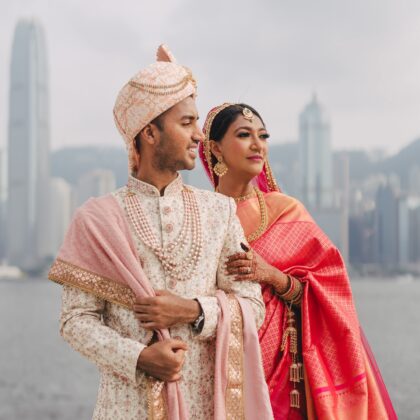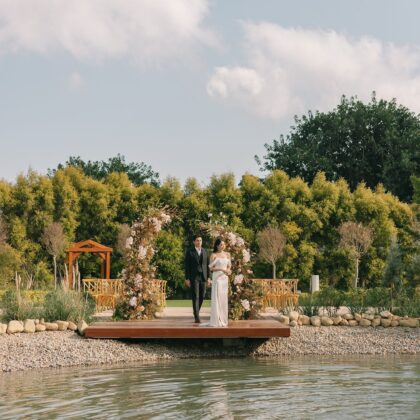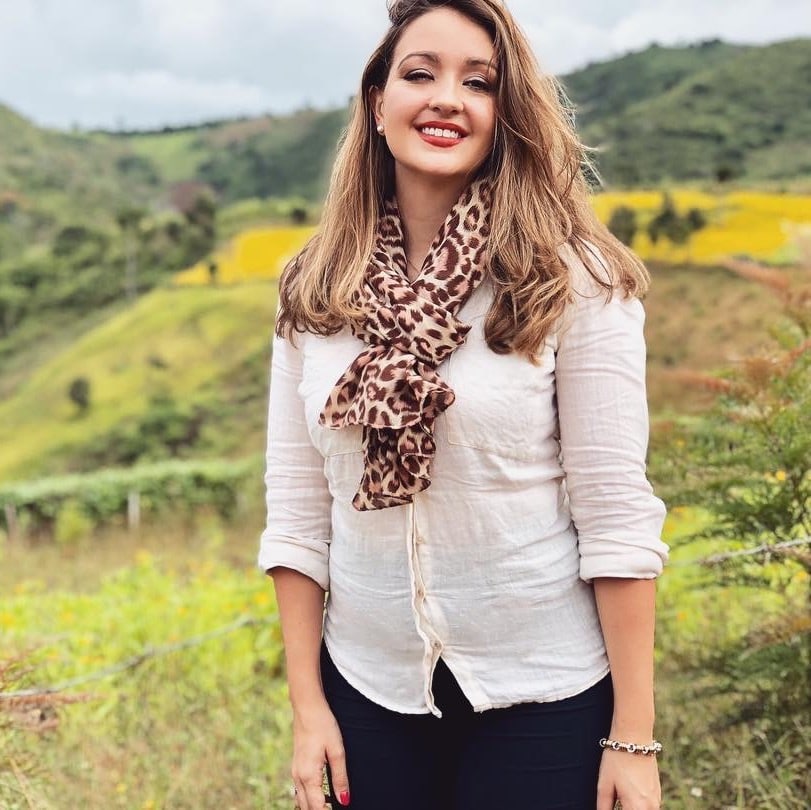Here’s a 10-day road trip travel guide of what to do and where to stay between Ulaanbaatar, Khentii and Ömnögovi.
Summer is not Asia’s forte. It’s hot. It’s humid. It’s raining. But just four hours north of Hong Kong lies one of this continent’s best-kept summer secrets: Mongolia. Mongolia is perhaps best known for its legendary 13th-century warrior, Genghis Khan (or Chinggis, as he is known in Mongolia), who once conquered one-fifth of the inhabited world. Its raw beauty, pristine lakes, forests and high mountains are less familiar.
For centuries on this spectacular landscape, Mongolian nomads have moved with the seasons, migrating to cooler pastures in summer and sheltered valleys in winter. So, this summer, make like a nomad and get on the road (or in Mongolia’s case, go off-road completely…) and escape the heat. Feel the cool July wind, breathe in the heavy scent of wildflowers, ride on horseback through sparkling rivers and shaded forests, kayak across an ancient lake so pure you can drink from it, gaze at a sky full of stars on a scale seldom seen. This is as far away from the daily grind as it gets.
So, set up that out-of-office reply, and get ready to disappear. For much of this journey (aside from the capital and a few nights in small towns), you will be WiFi-less and unreachable. No Facebook, no notifications, no emails, no Skype calls. Consider it a digital detox – a rare chance to reconnect with nature, loved ones and yourself.
Jump links:
When to visit
Who to bring
How to get there
What to bring
Ulaanbaatar & Khentii
Ömnögovi
Read more: Quick Flights From Hong Kong: 5 Adrenaline Filled Adventures In Asia
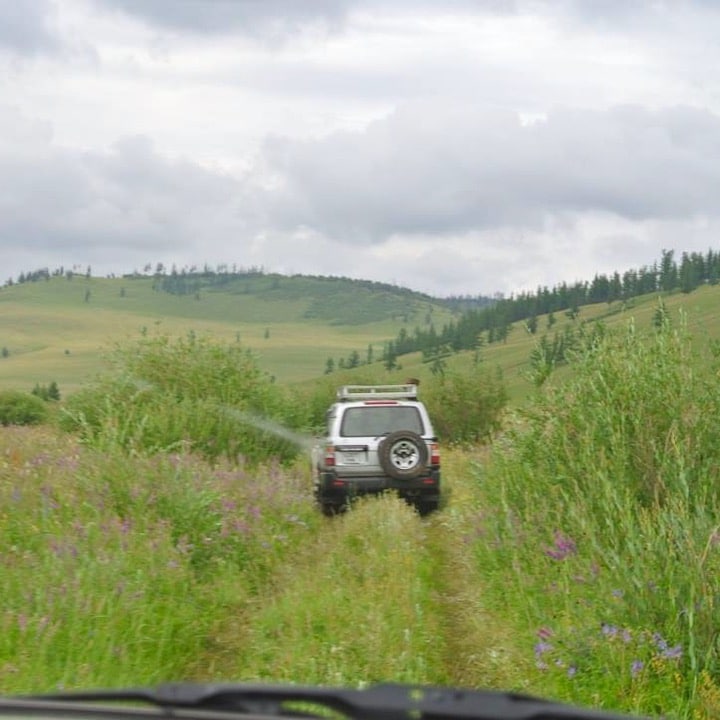
When to visit
Mongolian summers (July and August) are generally glorious. The days are usually long, sunny and warm without being humid (typically 22 to 29 degrees Celsius). There should be some rain for the grasslands too, but with more than 200 sunny days a year, you can expect plenty of sunshine. Mongolia’s vast countryside is usually a rich green by then, abundant with flowers and millions of goats, yaks, horses, cows – not to mention the wilder animals in the woods. The summer nights are blissfully cool (around 15 to 20 degrees), made even more pleasurable by sunsets that linger for almost as long in Europe. With that said, the suggestions here are mostly for summer, which is also when the ger camps open (most close by the end of September), and mainly with road trips in mind.
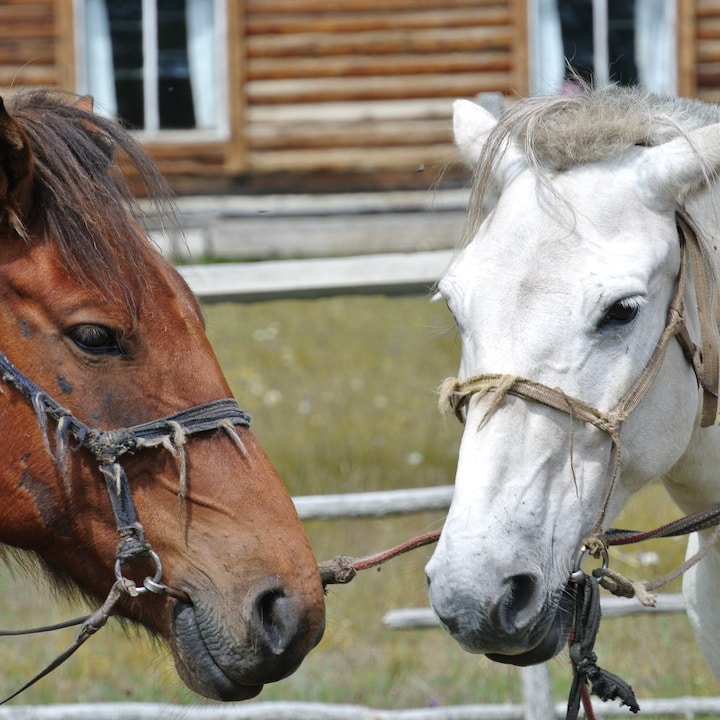
If you love wrestling, archery or horse racing, you may also want to look into going from 11 to 15 July for the annual Naadam games (where these so-called “three manly games” will be on show for hundreds of thousands). The stadium is usually packed, and tickets are needed well in advance. The horse racing can be viewed just outside town and is a slightly more relaxed affair, but a car must be arranged well in advance. The opening ceremony is particularly incredible, with music and performances evoking the triumphs of Genghis Khan. Visiting during the week of Naadam requires additional planning however, as not all venues are open, and everything usually costs a bit more.

Early September is also lovely when the forests and steppe transition with a dramatic burst of Autumn colours which is particularly stunning to witness while horse riding. By October, it becomes very cold, very quickly.
Mongolia’s winter is unique. Temperatures plunge below minus 40 degrees Celsius (making it colder than Antarctica). By late February, it’s usually warm enough to ski, snowboard, horse ride or dog sled on frozen rivers. In early March, look out for the Ice Festival on Lake Khuvsgal (showcasing ice skating, sleigh rides, shamans and reindeer), the Thousand Camels Festival in the Gobi desert and the Eagle Festival outside Ulaanbaatar.

Who to bring
Anyone who loves nature, experiencing new cultures and wants to go on an adventure with you. Bring your friends, your partner, your family – as long as they have motion sickness pills for sometimes long car rides, it is very manageable (and fun!).
How to get there
MIAT Mongolian Airlines offers almost daily direct flights between Hong Kong and Ulaanbaatar, usually arriving in the latter part of the day at either 7:45pm or 9:20pm, and returning with departures either at 6:25am or early afternoon.
What to bring
A jacket or thick jumper for evenings, tank tops and t-shirts for the day, hiking boots, jeans or leggings to ride horses in, a Swiss army pocket knife, a flask, a flashlight, hand sanitiser, travel toiletries and tissues. All the listed camps have toilets, showers and toilet paper, but on the road, there are few (if any) loos, and (but for a few luxury camps) most do not provide shampoo.
If you enjoy riding, try to bring your own horse riding helmet as not all camps offer them. Also bring a few good reads – Genghis Khan and the Making of the Modern World and The Secret History of the Mongol Queens by Jack Weatherford are wonderful insights into the history that unfolded.

Option 1: A Long Weekend In Ulaanbaatar & Khentii
Spend a long weekend in Mongolia (ideally at least four nights) with one to two nights in its quirky capital, Ulaanbaatar, and two to three nights in the stunning countryside beyond it.
While this Soviet-style city is not a quintessential jet-setter’s destination, Ulaanbaatar has its own Eurasian charm. It now boasts dozens of decent cafes, high-quality restaurants and lively bars, making “UB” an increasingly cosmopolitan central Asian city. Surrounded by mountains, rivers and steppe, monuments and a children’s theme park, UB offers plenty to see.
Day 1: Ulaanbaatar
Where to stay
Shangri-La Hotel, Ulaanbaatar
Shangri-La features a bar (Naadam) with a terrace overlooking the city and Mongolian-themed cocktails, a large fitness centre, an indoor swimming pool with views of the surrounding mountains, and a sumptuous buffet breakfast.
Shangri-La Hotel, Ulaanbaatar, 19 Olympic Street, Sukhbaatar District-1, Ulaanbaatar 14241, Mongolia, +976 7702 9999, [email protected], www.shangri-la.com/ulaanbaatar/shangrila
Best Western Premier Tuushin Hotel
Alternatively, try the more affordable and well-managed Best Western Premier Tuushin Hotel, a comfortable choice with a bar overlooking the iconic Sukhbaatar Square.
Best Western Premier Tuushin Hotel, 15 Prime Minister Amar’s Street, Ulaanbaatar 14200, Mongolia, +976 1132 3162, [email protected], www.bestwesternmongolia.mn

What to do
Get your bearings with a walk in Sukhbaatar Square in front of the impressive Parliament building. Be sure to check out the imposing Genghis Khan statue in the centre, too.
It is well worth paying a visit to Choijin Lama Temple, which features a collection of Tibetan Buddhist artworks and serene open courtyards. Gandan Monastery – which has hosted the Dalai Lama – is also worth exploring (go in the middle of the day to avoid rush hour traffic on this road).

For more art, explore the Zanabazar Art Gallery (look for its most famous painting, “One Day in Mongolia” depicting life on the steppe). The Zaisan War Memorial – while slightly further away from the town centre – also features a fascinating monument and mosaics depicting Mongolian-Russian cooperation.
Mongolia is home to some of Asia’s most captivating performing arts. It is worth hearing the mesmerising sound of Mongolian horse-head fiddle music and throat singing that inspired Peking Opera, which can be experienced at the Tumen Enkh show (with dinner). The National Academic Theatre of Opera and Ballet also plays host to some impressive operas and Russian ballets throughout the year, at a snip of what you would pay in Hong Kong.
For kids at heart, the Children’s Park is plenty of fun (try dodgem cars and unlimited rides for less than a dollar, open until 10pm). There is also a bar on a pirate ship (why not?).

Where to eat and drink
Unlike Hong Kong, UB’s rents are still low enough for restaurants to take a few risks and grow, which has helped foster an unexpectedly exciting culinary scene here in recent years.
Veranda, Silk Road & Millie’s
For somewhere walking distance from either hotel, try Veranda (opposite the Shangri-la), a lovely Mediterranean restaurant with consistently good food, a terrace overlooking a 13th-century temple and a generous and reasonably-priced wine list. One floor below, Silk Road boasts a sophisticated Eurasian menu and attentive service, while Millie’s next door offers strong Cuban coffee and classic sandwiches, soups and salads in a more casual cafe.
Veranda, Jamyn Gunii Gudamj, 5/1, Central Ulaanbaatar, Ulaanbaatar, Mongolia, +976 1133 0818
Silk Road, Jamyngun Street, 5/1, Central Ulaanbaatar, Ulaanbaatar, Mongolia, +976 7731 8684
Millie’s, Marco Polo Plaza, J.Batmunkh Street, Ulaanbaatar, Mongolia, +976 1133 0338
Hazara
For a flavoursome feast, head to Hazara, a delicious North Indian and Afghan restaurant that takes its name from the Hazara tribe who have their origins in Mongolia, with an exotic and welcoming décor housing the best curries in town.
Hazara, Behind Wrestling Palace, Peace Avenue, 13th Microdistrict, Ulaanbaatar, Mongolia, +976 9919 5007, www.hazara.mn

Rosewood
If you are there over a weekend, try the famous bottomless mimosa brunch at Rosewood, which offers a dizzying array of all-day breakfast and lunch options, from bagel classics to tantalising roasts. It also features its own butchery and bakery on site.
Rosewood, Seoul Street, Mandal Bldg, Ulaanbaatar, Mongolia, +976 9402 0561, www.facebook.com/RosewoodKitchenEnoteca
Route 22
The new Route 22 wine bar is another strong contender for dinner, with high-quality fine dining without hefty Hong Kong prices.
Route 22 Restaurant & Wine Lounge, Tourist Street, Chingeltei District, 1st Khoroo, 15160 Ulaanbaatar, Mongolia, +976 7707 4705, www.facebook.com/Route22Mongolia
Al Fresco Bars
Try a few of the al fresco bars downtown, including the UB staple Grand Khaan Irish Bar (which has a great beauty and nail salon, Charming, above). A growing number of trendy newcomers are also nearby, including RePUBlik on Seoul Street and Street 61, which serve up cool cocktails while remaining unpretentious and vibrant, along with the cosy Mojito Cocktail House. If you like beer, the Chinggis Brewery is a good spot (you can even ask to watch it being made in the brewery), perfect with a plate of their sausages. Even better, jump on showaround.com to find locals who want to meet new people and take you bar hopping in this underrated town.
Grand Khaan Irish Bar, Seoul Street, Ulaanbaatar, Mongolia, +976 11 33 6666
RePUBlik, (Next to Master Foods store), Seoul Street, 14201 Ulaanbaatar, Mongolia, www.facebook.com/republikub
Street 61, Seoul Street, Ulaanbaatar, Mongolia, +976 7707 0661

Where to shop
If you want to bring a little something back with you, stop by Gobi Cashmere or Goyo Cashmere for high-quality Mongolian cashmere (made much cheaper during summer sales). Check out Seaberry for skin care made with Seabuckthorn, a steppe berry rich in Vitamin C, or Lhamour – the country’s first organic skincare brand – for uniquely Mongolian cosmetics, like soap made with sheep’s tail fat (also now available in Hong Kong). For more Mongolian souvenirs, try the quaintly old-fashioned State Department Store, which also stocks more sustainable garments like Bodio’s of Mongolia, made from the cashmere of camels and yaks (which have less destructive grazing patterns than goats), along with traditional nomadic tools and toys (great souvenirs). All outlets are in the city centre and accessible by foot.

Day 2: Baganuur
Road-trip ready
After a day or so relaxing in this intriguing city, it’s time to hit the road! Make sure you have booked a 4WD car in advance (or several for a larger group), plus a driver and guide, which can be found via the Expats in Mongolia Facebook page. They should be able to help you book your ger camps too, ahead of time (crucial in some areas where options are limited). Start by stocking up at Orgil Supermarket on the way out of town with enough picnic food, chocolate and wine for several days. Then let the adventure begin.
Chinggis Complex
After an hour or so, you will reach a giant statue of Chinggis Khan (Chinggis Complex). Climb up to the viewing platform, and if you have time, explore the Hun Military Museum below. Across the road, hold an eagle or falcon and ride a camel for a few dollars.

13th Century Camp
Drive another hour and take a step back in time at the 13th Century Camp, a good place to stop for a traditional lunch before a short walking tour through a historical camp showcasing life in the Mongol empire. You can also try your hand at archery, check out Mongolian calligraphy, dress up as a warrior or queen, and visit a shaman.
Steppe Nomads Ger Camp
Drive another hour and overnight at Steppe Nomads Ger Camp in Baganuur, an eco-camp in a pristine nature reserve on the Kherlen river, featuring spacious gers (similar to yurts), as well as cabins with en suites. They also have a decent restaurant, a cosy library-meets-bar, kayaks, a raft, bikes and horses.
Steppe Nomads Ger Camp, +976 7018 3498, [email protected], [email protected], www.mongoliagercamp.com

Day 3: Khentii
If you’re an early riser, start the day with a cycle, walk, horse ride or kayak along the gorgeous Kherlen right outside. You can also watch birds at the nearby Gan Galuut Nature Reserve. Then drive out into Khentii, the birthplace of Genghis.

Drive about an hour to Baldan Bereeven, a serene Tibetan Buddhist Monastery on a hill, which was destroyed by communists when Buddhism was banned by Stalin. It was since rebuilt, though some prayers remain missing. The interior is beautiful, with dappled light flooding in through Tibetan style windows to reveal brightly painted, ornate rooms. Stretch your legs and explore some of the ruins around it, including a castle-like cluster on a hill behind it and a Wishing Tree.
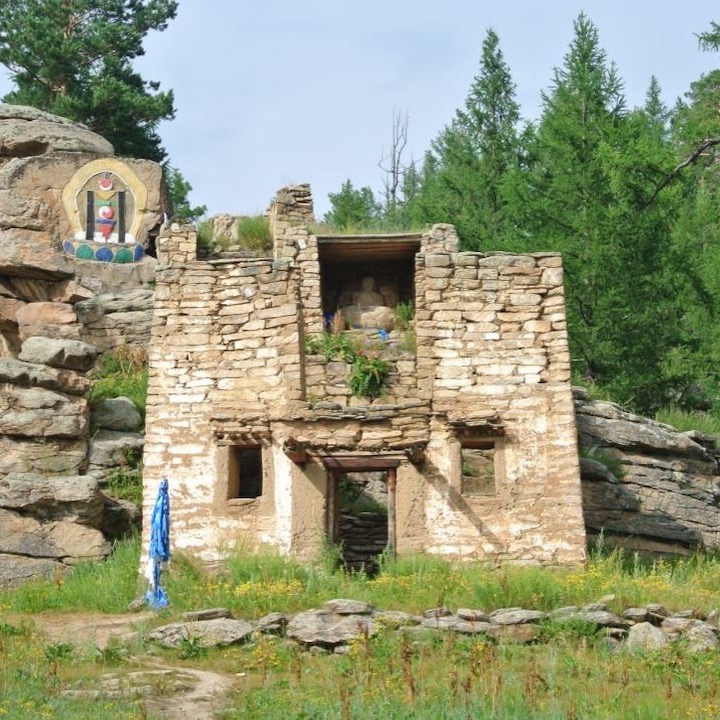
Along the way, you can usually find a few nomadic families to visit, for a glimpse of traditional life. It’s polite to bring candy, apples, colourful paper and pens for the children in the families. As travellers themselves, nomads have always welcomed strangers into their homes with unique hospitality, including milk tea, fermented mare’s milk and whatever animal they have cooked that day. Mongolians may not always smile at first (perhaps due to the harshness of life on the steppe and 65 years of communist rule), but don’t be discouraged. They are exceedingly generous in practical ways. Even when they have little, herders will offer you everything they have and shelter from a storm, without even knowing your name. It’s hard to imagine knocking on someone’s door in the west and being invited in for tea and to meet their whole family. Yet for nomads, everyone is their neighbour. Ask your guide to teach you a few words first, like “san bainuu” (hello) and “bayarlaa” (thank you). They will also be happy to introduce you to their animals if you ask.

Next, drive to the Blue Lake (Khukh Lake) – the site of Genghis’ coronation. A series of intricate wooden carvings mark this sacred site and reveal the Khans that followed him. It is also a fabulous spot for a picnic.
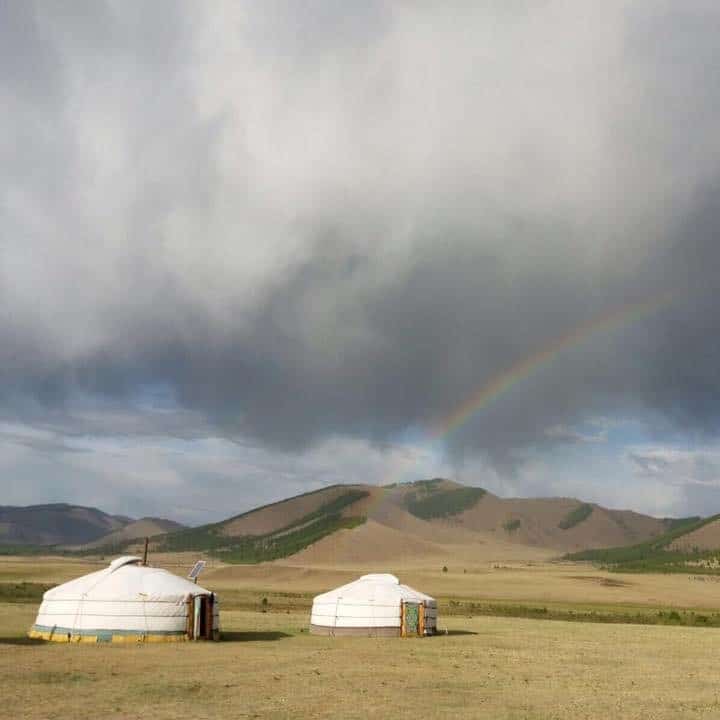
Drive back towards UB and check in to the nearby Jalman Meadows luxury eco-camp on the upper Tuul river, surrounded by thick forests and mountains.
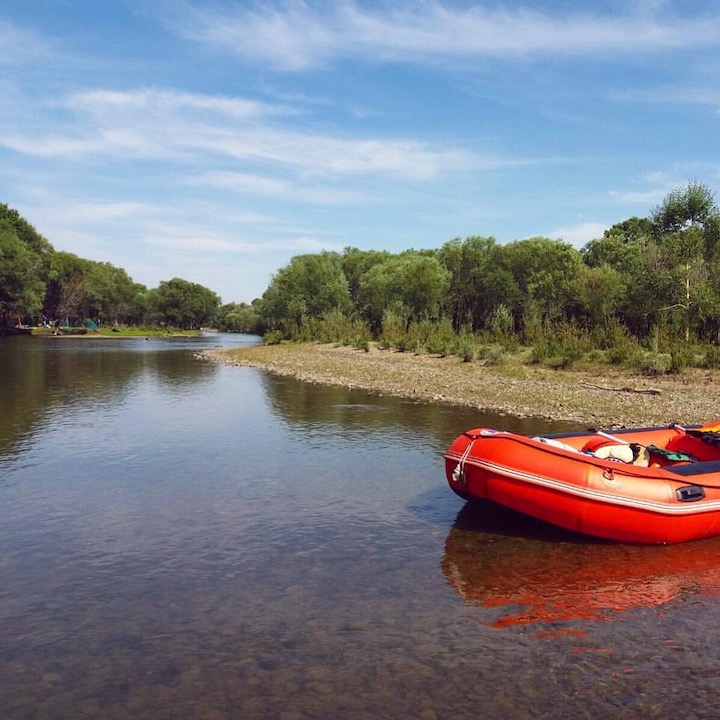
Take a walk down the river, or if the water is high enough, try rafting or kayaking down it, before being picked up in a yak-cart. It’s also refreshingly cool and clean to swim in. If you’re after a guided sunset horse ride over the steppe, make sure to let the camp know in advance.

Enjoy high-quality dining in the restaurant ger, with delicious meat or vegetarian buuz (dumplings) and sip a range of cocktails at the bar while watching the sunset over the steppe beyond. If you’re a big enough group, you may be offered a bonfire outside after dinner, and the hotel staff may join you to sing traditional songs by the fire. This is a place you could easily spend several days.
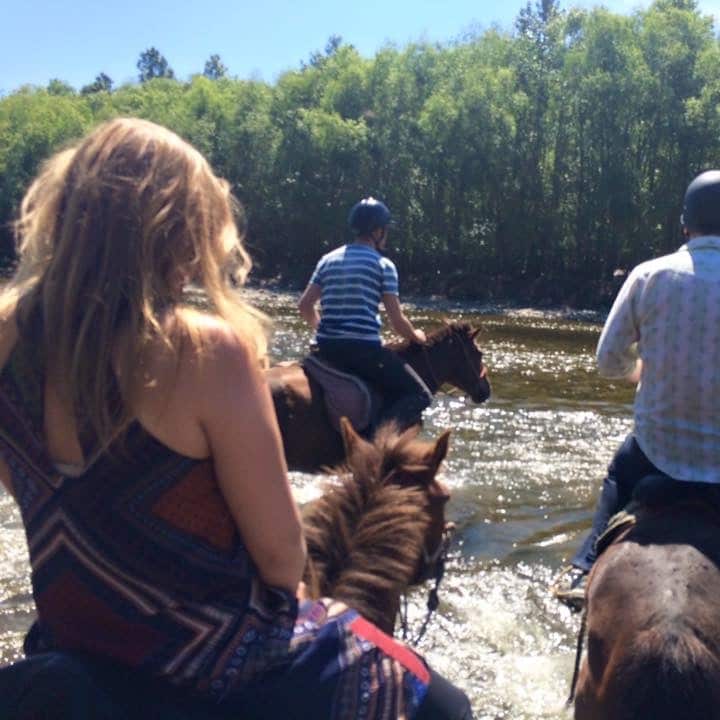
Day 4: Gorkhi-Terelj National Park
Drive back several hours to UB, but stop in Gorkhi-Terelj National Park for a picturesque horse ride. Begin at the Terelj Hotel and go on a guided ride across the Tuul river, through the woods, and along the mountains, from where you will get the best views.
On your return, lunch at the Terelj Hotel, which has a terrace overlooking the river. Then pass Turtle Rock, which is fun to climb, and cross a vertigo-inducing bridge to explore the enchanting Aryaval Monastery on the way back to Chinggis Khan International Airport for your flight home, or to UB.
Top tip: End here if you only have a long weekend. If you have 10 days (one week and two weekends) and are okay with spending five to six hours a day in the car (the sights are worth it), continue on! If you only have seven days total, fly direct to Khuvsgal Lake after the above trip.
Option 2: Ömnögovi
Go west into central Mongolia, then north to spectacular Lake Khuvsgal.
Day 5: Kharkhorin & Bat Ulzii
After a night or two in UB, set out early, stock up again at a supermarket on the way (there are not many where you are headed!). Drive five to six hours to the majestic Erdene-Zuu Buddhist Monastery in Kharkhorin, where the court of Genghis Khan once sat.

On the way, stop for a camel ride in the desert dunes nearby. Then drive on to the spectacular Orkhon Waterfall in Bat Ulzii, which is sometimes warm enough to swim in. Stay at Orkhon Tushee Camp (Note: three different hotels have the same name, so a local guide needs to book this!). All camps here are more basic, but still have decent food, warm gers, showers and amenities. The surrounding area is stunning.
Day 6: Bat Ulzii & Tsenkher
If you can make it on July 23-25, stay until the following afternoon for the annual Bat Ulzii Yak Festival to see yak racing, a yak rodeo, yak polo and even a yak beauty pageant. This is a highly under-rated and lesser-known summer festival, offering a chance to experience nomadic sports without the crowds of Naadam. Avoid getting on a yak, or standing near the gate to the yak enclosure (which can suddenly swing open). But do enjoy the evocative music, dancing and all the yak action. Don’t leave without trying the tasty Mongolian meat pasty (Khuushuur).
Drive four to five hours over the mountains and into Tsenkher in Tsetseleg (the journey time depends on the weather), before relaxing in hot springs. Stay overnight at the higher-end Dutt Resort or Sheevet Ger Camps at the hot spring site. Soak up the minerals after a long day and take in the peace and quiet.
Day 7: Orkhon Valley
Head out early and drive an hour from Tsetserleg to another stretch of the Orkhon River and Canyon, a truly breathtaking sight. Ask the driver to stop here so you can take in the view.
Drive another two hours through Arkhangai province to the White Lake (Terkhiin Tsaagan Nuur) near a dormant volcano, a lovely stop for a picnic and swim. If you’re game, climb up the summit on its east shore for panoramic lake views. Then drive on another two hours through the scenic Jargalant countryside and enjoy more hot springs at the idyllic Jargal Jiguur Ger Camp, featuring a big outdoor pool surrounded by flowers and mountains. Enjoy a hearty meal at the tavern before the final leg of your journey.
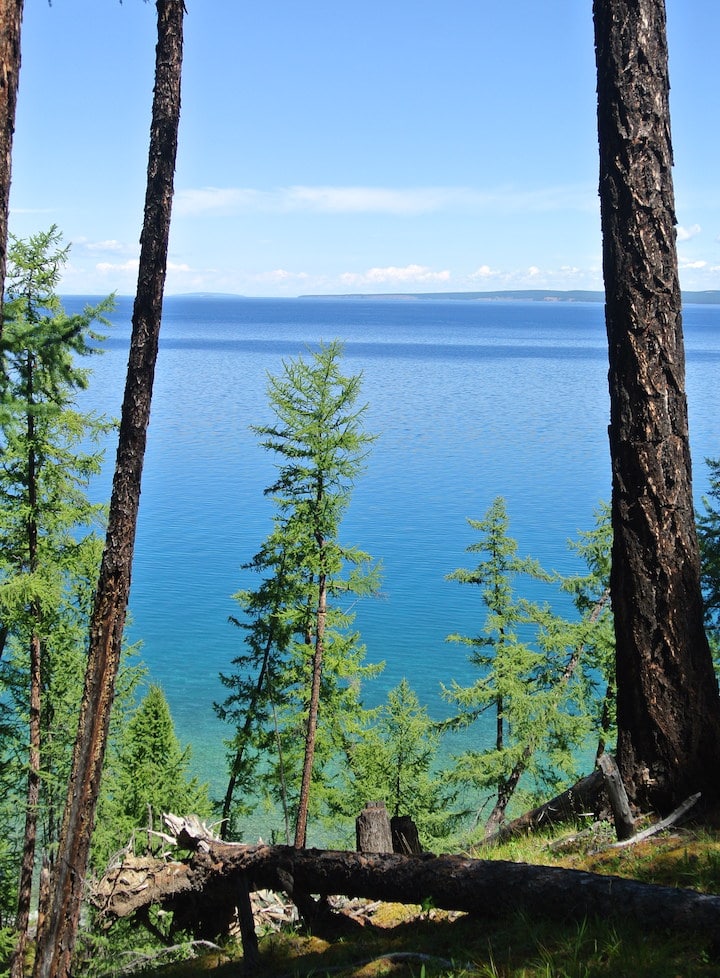
Day 8: Khuvsgal
Set out to Mongolia’s “Dark Blue Pearl”: Lake Khuvsgal. The drive should take four hours, but it’s so beautiful, it’s worth leaving early to maximise your time there. Stop for a quick lunch in the colourfully painted town of Moron on the way (50° 100° Hotel & Restaurant offers good western and local food). After another hour drive, Khuvsgal will appear – at times shimmering turquoise, at times deepest blue, an enigmatic wonder that slowly looms larger on the horizon. It is one of the world’s ancient lakes, the 14th biggest on earth and the world’s second-purest (after Lake Vostok in Antarctica).

Check in to Nature’s Door eco-ger camp and take a late afternoon cycle or walk along the lake in front of you before sundowners on the terrace overlooking this hypnotic blue expanse. The restaurant serves delicious western comfort food, the showers are hot and the beds are comfortable. As an eco-camp, it is also committed to protecting the ancient lake and to making sure waste isn’t disposed into it.
Day 9: Khuvsgal
First thing in the morning (after a most satisfying breakfast), when the water is calmest, take a boat ride on the lake, or a glass bottom kayak ride. You can see to the bottom of its glistening aqua shallow areas, while its enigmatic navy depths average 138 metres.
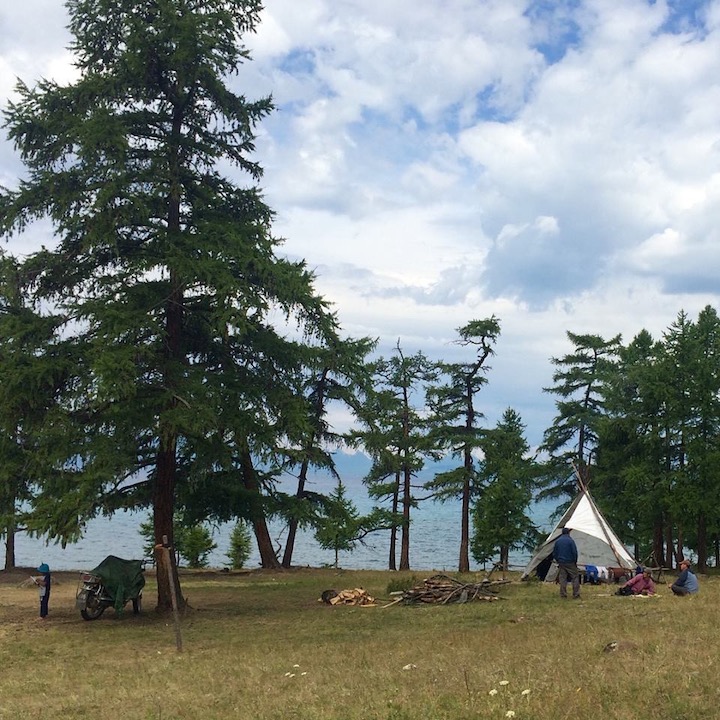
Ask the hotel staff if they can arrange a trip to meet the Tsaatan (reindeer herders) who camp in teepees across the lake during summer (a more authentic experience than the Tsaatan market set up for tourists in town).
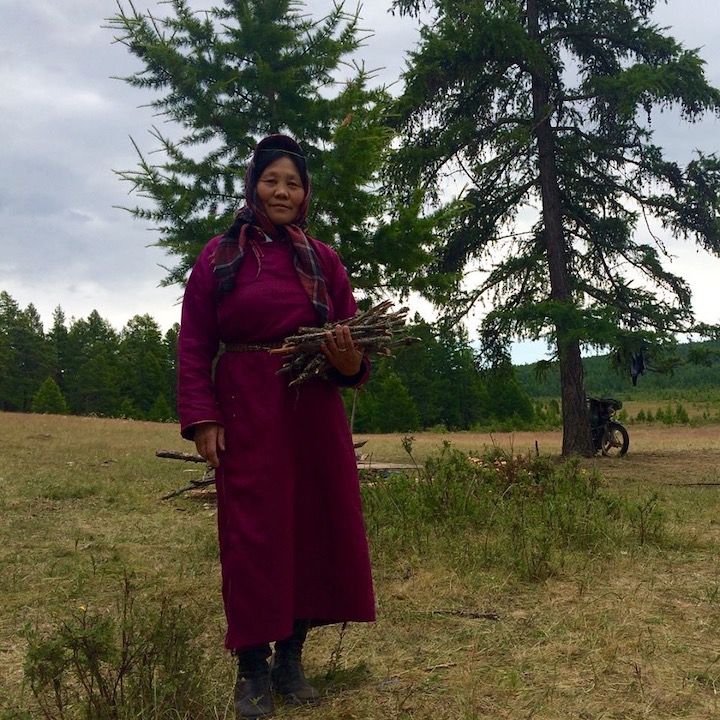
If you do visit, bring tea, bread and biscuits (or ask the hotel what they prefer), as life is increasingly difficult for the Tsaatan due to climate change and new hunting restrictions. You can also support them by buying some of their trinkets, such as carvings made from reindeer antlers (which fall off and regrow naturally). If you’re lucky, you can ride a reindeer.
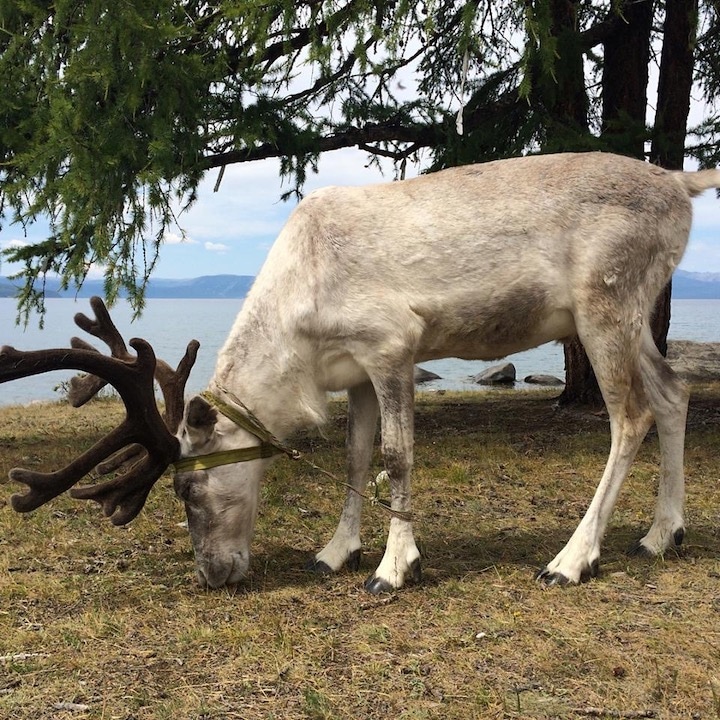
Return for lunch, then embark on a guided horse or hiking trek in the thick forests and mountains behind the lake, which the hotel can arrange. Stay a second night (and a third, if you can…)

Day 10: Return Home
All good things must come to an end. So drink in that magical lake view for as long as you can… then fly back to UB and on home.
Featured image via Getty, images 1-8, 10, 12-26, 30-33 courtesy of Grace Brown, image 9 courtesy of Hazara Restaurant Ulaanbaatar via Facebook, image 11 courtesy of Gobi Cashmere International via Instagram, images 27-29 courtesy of Nick Edwards

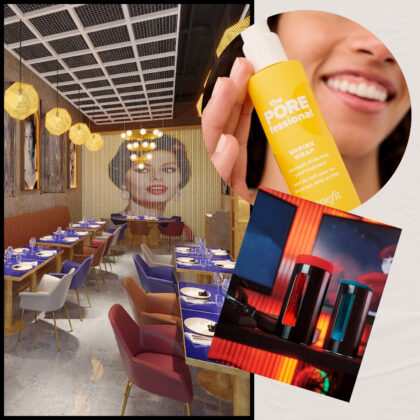



 Eat & Drink
Eat & Drink
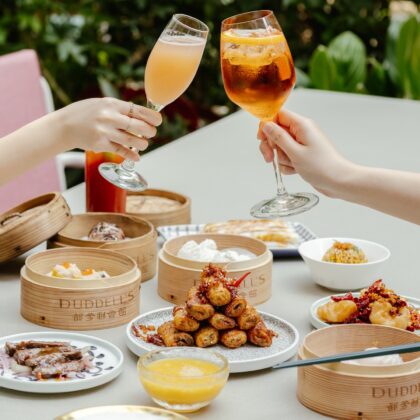
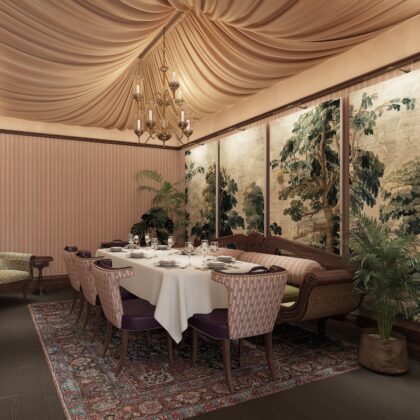
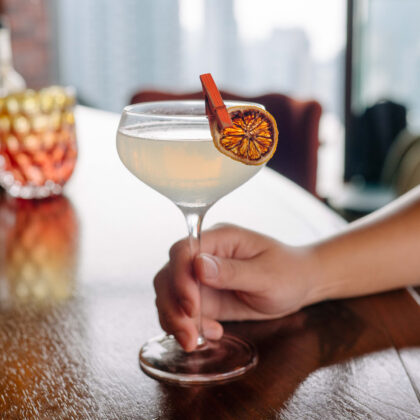
 Travel
Travel
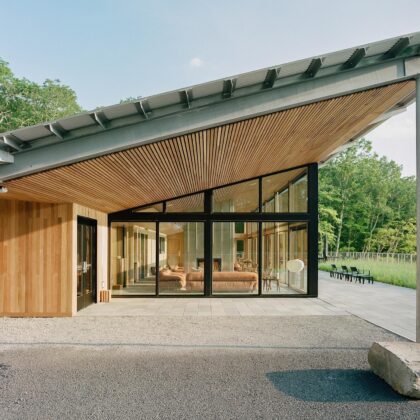
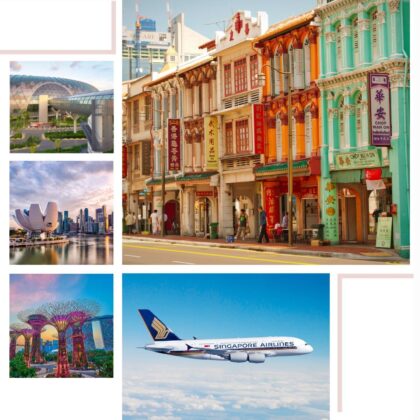
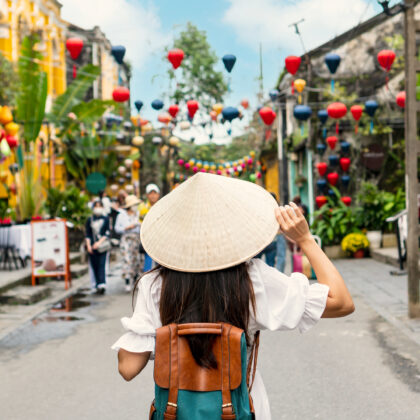
 Style
Style
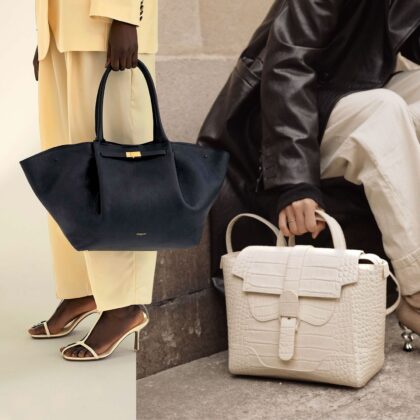
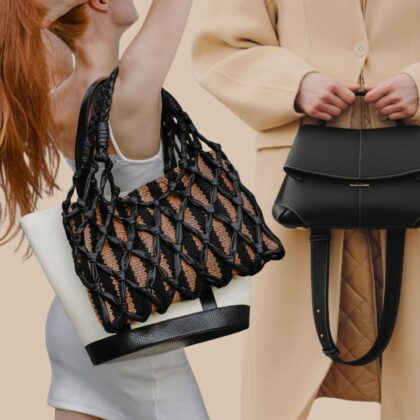

 Beauty
Beauty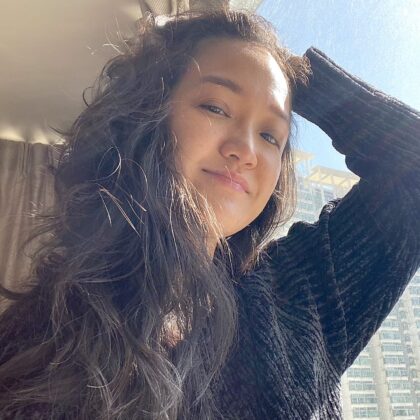

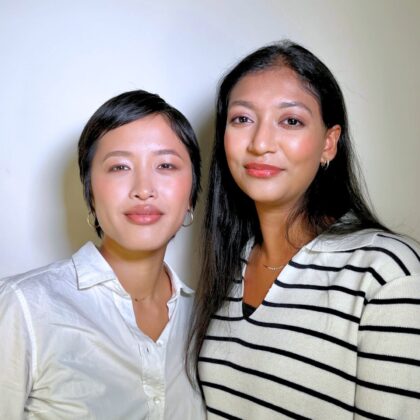

 Health & Wellness
Health & Wellness
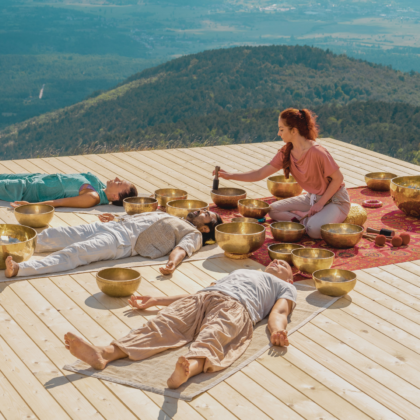


 Home & Decor
Home & Decor


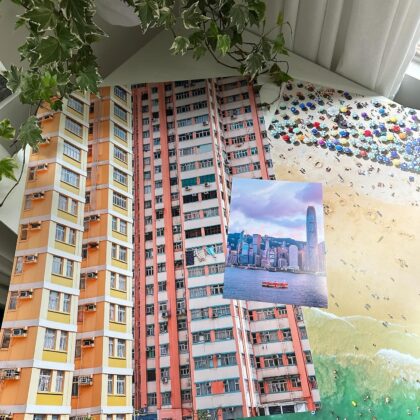
 Lifestyle
Lifestyle

 Weddings
Weddings